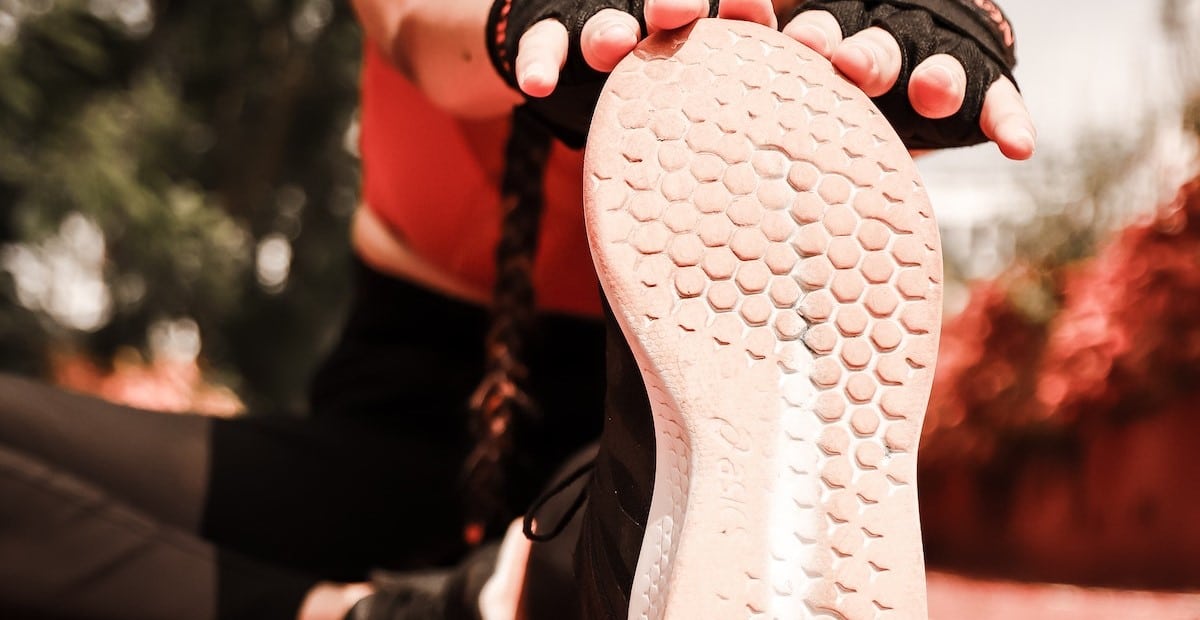
Contents
Understanding more of your fitness level through aerobic exercise measuring (vo2 max test)
Let’s get one thing straight – no matter your current levels, everyone is capable of improving their Vo2 Max to enhance their athletic performance.
With the right training program, aerobic fitness development plan, high-intensity exercise routine and more, you could be increasing your Vo2 max by the day.
But as some of you read these words, take a deep breath and read on, you may be thinking – what does it mean?
Well, as Healthline puts it:
”When it comes to measuring aerobic fitness, VO2 max testing is the best way to determine the conditioning level of your cardiovascular system.
This is important for people participating in aerobic endurance-related sports as well as recreational athletes and fitness enthusiasts looking for measurable improvements in their cardiovascular performance.”
Aerobic endurance-based sports are plentiful, so increasing your Vo2 max is vital. Maximal exercise, body weight work, a smarter training routine… it’s all possible you just need to know where to start.
So let’s run through it now.
Take the test
The most common way to understand your Vo2 max levels is through a lab test. Lab testing is brilliant for the breadth of metrics and accuracy available. While a little expensive, and there are more inexpensive options, it’s worth knowing the exact levels in order to develop your Vo2 max in the best ways.
The test consists of a machine that measures the amount of oxygen you exhale compared to the amount you inhale. A bigger difference between oxygen level in the inhaled versus exhaled air means you have a higher VO2 max than someone who exhales a greater amount of oxygen.
An important part of this test is monitoring your heart rate too, given the organ has so much to do with the respiratory system it’s great to know your heart rate relative to the rate of intake and output.
Healthline displays the following –
- ”Electrodes and a blood pressure cuff will be placed on your body to monitor heart activity.
- You will apply a mouthpiece for the testing device. Your nose will be pinched, so you can breathe only through your mouth (unless the mask covers your entire face, which it may, depending on the facility).
- You will begin pedalling on a stationary bike while breathing into the mouthpiece of the device.
- Once you begin cycling, the difficulty will increase until you can no longer continue.
- The test typically lasts 8–12 minutes, depending on your fitness level.
- A catheter may be placed in your arm to draw blood and test for lactate levels throughout the process — you can typically opt out of this if needles are an issue.”
In essence, when your body hit the maximum amount of Vo2, you can longer use additional oxygen and so switches to anaerobic sources.


Conclusion
This is just a basic rundown of the test, but in reality, things get a little more complicated. You can use a stress test for other biological system processes too, and a fitness tracker can give you some idea of where you need to work on. An exercise physiologist, however, is going to be the best bet for accuracy and reliability.
FAQs
Is maximum effort required for this test?
You don’t necessarily reach your Vo2 max at your physical limits, but you may have to push hard, depending on your physiology.